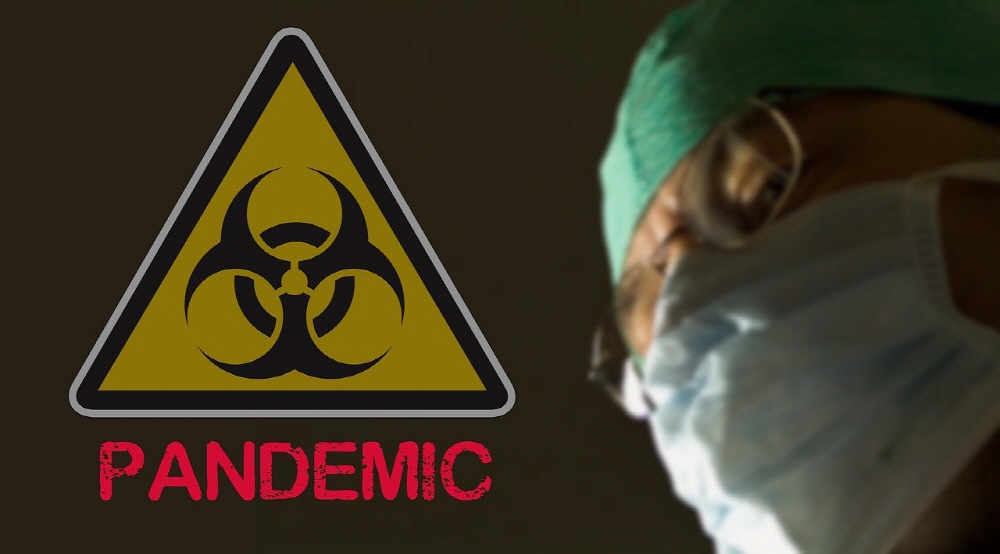
As the number of new coronavirus infections increases around the world, attention is focused on the mechanism of viral infection. Elizabeth McGraw, director of the Center for Infectious Diseases and Epidemiology at Pennsylvania State University, described a super-spreader that can cause more secondary infections than the general population.
On January 25th, the MRC Global Infection Analysis Center at Imperial College London predicted a new coronavirus of 2.6 for the Basic reproduction number, an index that indicates the viral ability, how many people can be infected. This figure means that one patient infected with the novel coronavirus transmits the virus to 2.6 people. Meanwhile, in Wuhan, China, where the novel coronavirus occurred, 14 medically infected people were also infected with one person. Anyone who transmits the infection to more people than you normally think, like this infected person, is called a super spreader. General McGraw explains that a person can become a super-transmitter if a number of combinations such as the nature of the pathogen, the nature of the infected person, the behavior of the infected person, and the situation when the infection spreads are achieved.
Some people have a different immune system than others, and some don’t get sick when infected with certain diseases. A good example is Mary Mallon, who was nicknamed Mary Typhoid. During the typhoid outbreak in the United States in the early 1900s, Malone also contracted it. However, since Malone had an asymptomatic career that did not develop disease even if he was infected with a pathogen, he continued to work as a cook without realizing that he was ill. Malone was recognized for his good character and cooking ability like a child, but this constitution and job resulted in 51 people being infected with typhoid.
Severe acute respiratory syndrome SARS, which was prevalent from 2002 to 2003, was also heavily involved in the spread of super radio waves. In January 2003, a man working at a fish shop was admitted to a hospital in Gwangju. He exposed SARS to 30 medical personnel at the hospital, and Liu Jianlun was a doctor among the infected. In February 2003, Gianrun stayed at the Hong Kong Metropole Hotel to meet his family and infected a traveler staying on the same floor with SARS. The infected people moved to Canada, Vietnam, and Singapore, respectively, and the infection spread to other countries. Gianrun, the cause, died on March 19.
At the time, it was believed that the cause of the spread of the infection was that a guest who was riding with Gianrun in Eleventier inhaled the virus through his coughing or sneezing. However, through investigation, I discovered that the real cause was the hallway carpet. The carpet in the elevator, hall, etc. in the front of the room where Jianrun stayed at the hotel where he stayed was contaminated by the SARS virus. Like Gianrun, there are quite a few super radios whose places they visit have become a problem. In the United States, over the past 20 years, people infected with measles have traveled to crowded places such as schools, hospitals, airplanes, and theme parks.
In addition, the actual distance is also one of the factors that give rise to super propagators. Infection with SARS or Middle East Respiratory Syndrome MERS has spread to a number of medical personnel in hospitals. The Samsung Medical Center research team revealed that 20% of the patients hospitalized in the same place as the 14 MERS patients who were transferred to the medical center were infected. As a result of analyzing the behavior of infected persons, the risk of MERS infection of medical personnel was calculated as 6% and the risk of MERS infection of external visitors was calculated as 2%. The researchers concluded that physical distance from the infected affected the risk of MERS infection.
Major McGraw explains that in all infections, 20% of infected people cause more than 80% of secondary infections. In addition to vaccination, wearing a mask and washing hands were cited as a method of not becoming a super radio wave. Related information can be found here .


















Add comment